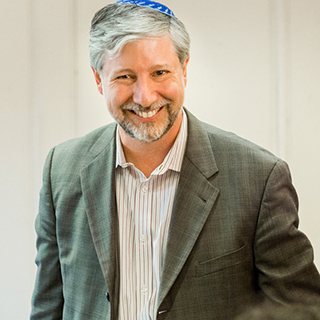Bikkurim 3:7

How do we balance the integrity of a ritual with the need to invite participation by the masses?
בראשונה כל מי שיודע לקרות קורא וכל מי שאינו יודע לקרות מקרין אותו נמנעו מלהביא התקינו שיהו מקרין את מי שיודע ואת מי שאינו יודע:
Originally, they used to allow any [farmer] who wished to recite the passage [i.e., the lengthy first-fruits declaration from Deuteronomy 26:5 in Hebrew] to recite. But for those who didn’t know how to recite, the [priests] would recite [and the farmers would repeat the words]. The [less educated farmers] stopped bringing the fruits [to avoid being humiliated in this way]. So it was decreed that the priests would recite for both those who knew and those who didn’t know.
Comments
The Torah describes a first-fruit ritual in which the farmer must present the basket of fruit to the priest in Jerusalem and recite, “My father was a wandering Aramean . . . ” The Torah is so explicit that the rabbis understand this to be one of the few liturgies that must be said in Hebrew. But apparently Jewish farmers had trouble memorizing the texts. The original system created two classes: literate farmers who proudly chanted the text, and ignorant farmers who had to repeat after the priest like little schoolchildren. This public humiliation was deemed intolerable, and many farmers simply stopped bringing their first fruits to the Temple. In response, the entire ritual was adapted and made “user-friendly.”
Questions
- This Mishnah has also had a major impact on the format of our Torah service. Originally those called for aliyot were expected to chant from the scroll with only the ignorant relying on a substitute reader. The current practice of appointing an expert reader for all congregants alike is meant to spare less literate Jews from being humiliated. What does this teach us about the purpose of public prayer?
- How did the sages protect both the integrity of the liturgy and the dignity of the participants?
- How can we maintain the same balance today?



